
The best online fitness resource you'll ever need. We filter out the BS to ensure you meet your health and fitness goals!

The best online fitness resource you'll ever need. We filter out the BS to ensure you meet your health and fitness goals!
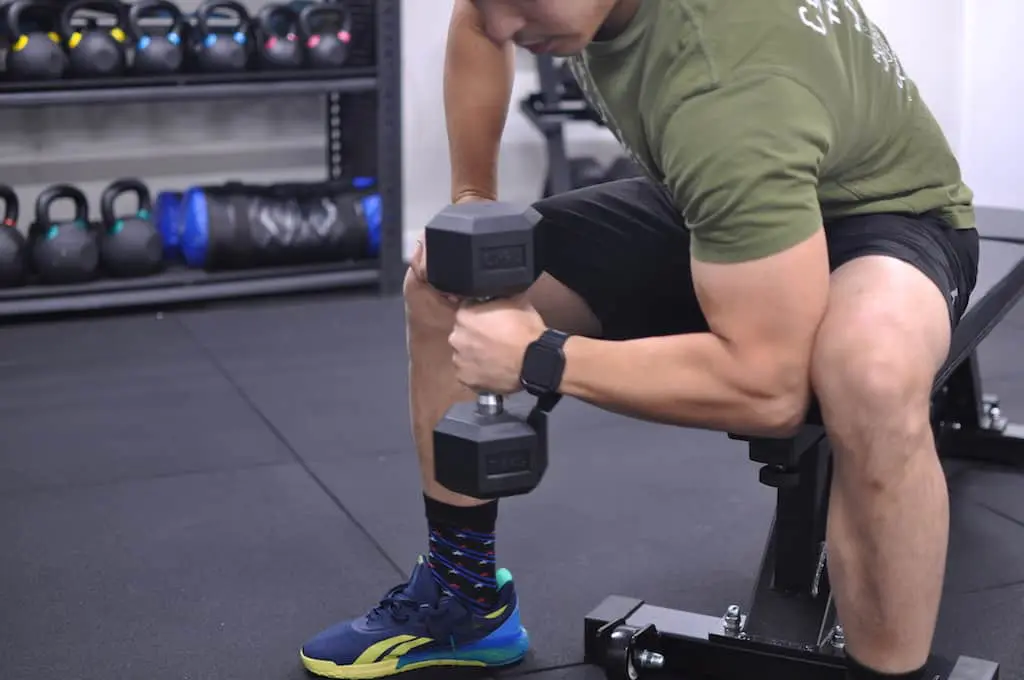
The hammer concentration curl is nothing more than a classic concentration curl with a thumbs-up grip (neutral grip). They carry all the benefits that all hammer curl variations do: spreading the work between biceps and brachioradialis (which often doesn’t get enough love), and safety in the form of reduced tendinosis risk.
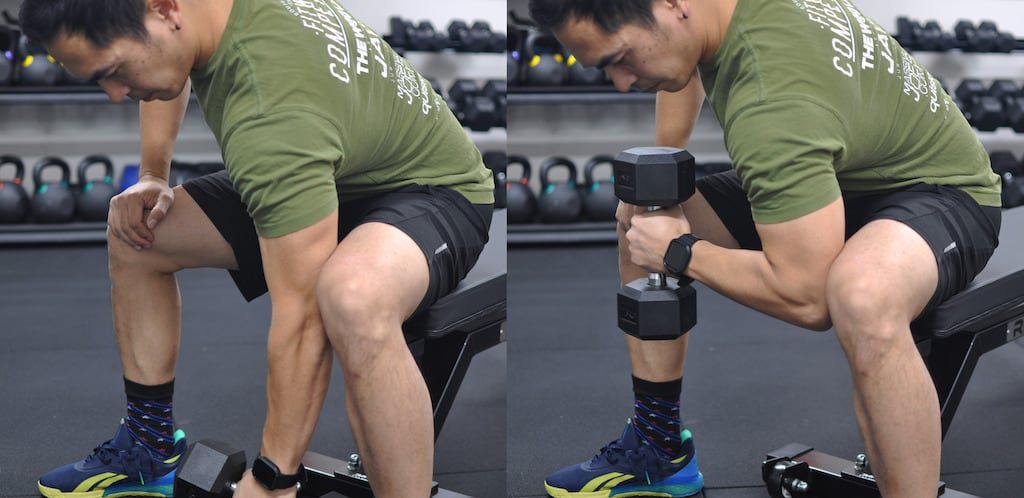
Those of us who were around in the ‘70s and ‘80s remember the muscle magazine photos of Arnold doing concentration curls. With arms like his, who wouldn’t drop everything they were doing on arm day and immediately start doing them.
Concentration curls were originally introduced as a “finisher”, an exercise added at the end of heavy arm day to squeeze out every last ounce of growth from an already-exhausted arm.
They were also popular near contest time as bodybuilders were working to chisel additional definition into their already-huge guns by rigorous isolation of the target body part…in this case, the arms.
A Hammer Concentration Curl is a hammer curl variation that uses the inner thigh as an anchor point for the elbow of the working arm.
The main benefit of doing it this way is that it enforces a more strict form to be carried out and decreases the temptation of using momentum.
All hammer curl variations work the biceps, the brachialis, and the brachio-radialis. Regular palms-up curls do too, just in different proportions.
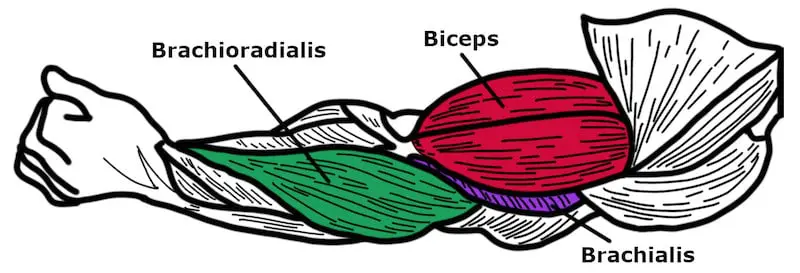
Because the thumbs-up, neutral, grip puts the brachio-radialis in a position of mechanical advantage (directly opposite resistance), it does more of the forearm-moving work than palms-up variations do. The biceps still work, but the hammer curl relies on the brachio-radialis to be more frankly involved.
The brachio-radialis is that muscle that adds height to the forearm near the elbow, and width at the elbow. For anyone who wants a balanced look to their arms, concentration hammer curls are a great choice.
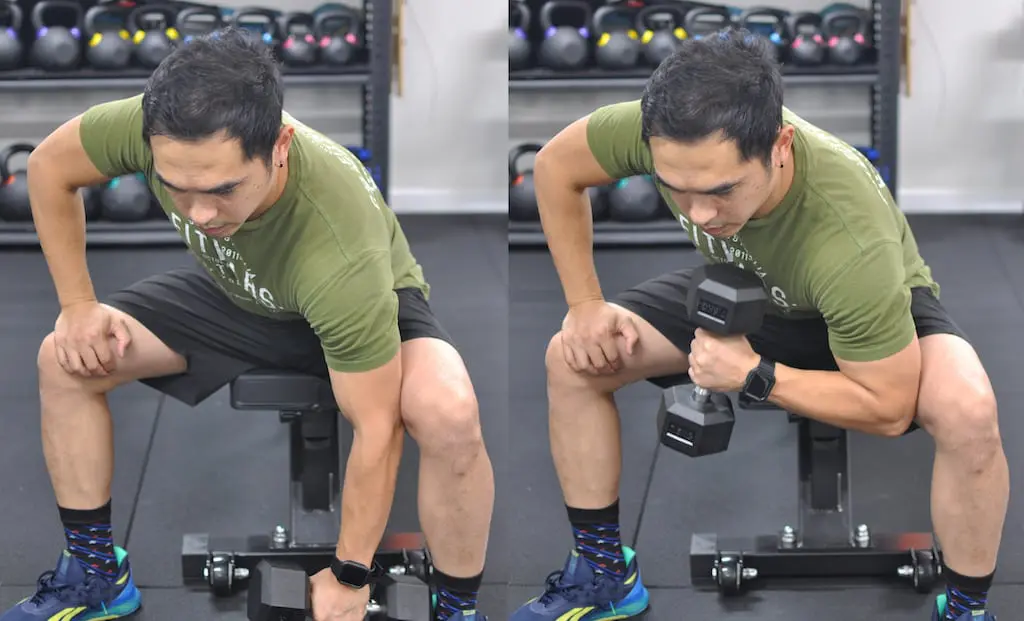
A proper hammer concentration curl requires that the basics of hammer curls and concentration curls be strictly observed: slow, rhythmic, pumping motion with a violent squeeze at the top of each rep, accompanied by a thumbs-up grip throughout.
Behold, the hammer concentration curl:
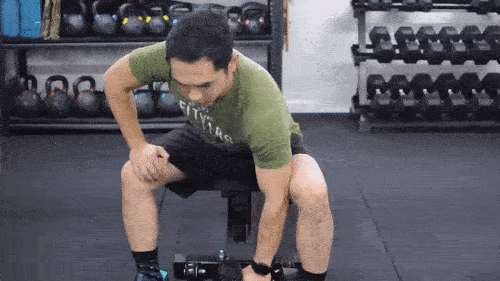
We make this same point in all our hammer curl variation features. Getting the dumbbell moving by hitching the upper body is just adding momentum.
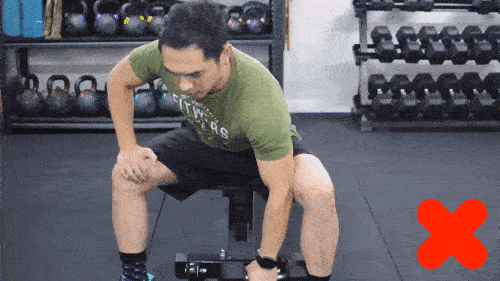
If you think that little extra oomph will let you do more weight and that more weight means bigger muscles?
Think again. Your arm should be doing 100% of the work. If you want to use bigger, heavier dumbbells, keep working those arms and eventually you’ll get there. For now, do the exercise right to see the benefits.
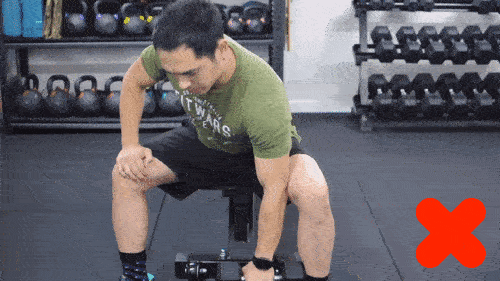
Somewhere during the set, you forget you’re doing hammer concentration curls and turn them into classic concentration curls.
Too many dudes turn a hammer curl into a compound curl by gradually supinating the palm as they curl, so that the palm faces up at the top of a rep.
The body position required for hammer concentration curls creates somewhat limited space for the dumbbell to move, because you’re leaning over it and the weight is moving between your legs.
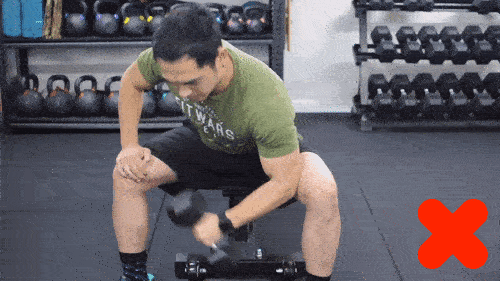
That doesn’t mean that a proper rep should be limited to just a few degrees of motion.
There’s nothing particularly wrong with partial reps at the very end of an extended set, to take the muscles to complete volitional failure; but a whole set of short strokes? Nah. You might be suspected of doing something else over there on that bench.
What do we mean by this? Following the dumbbell down is that error in form where the shoulder of the working arm, and the upper arm move inward and downward as the weight descends.
Everything–and we mean everything–should remain locked in place so that the only body part that moves is the forearm. That’s it.
If your shoulder is dipping down during a rep, you’re not doing hammer concentration curls correctly.
Hammer concentration curls carry all the benefits of any hammer curl, namely that they are very arm-friendly and involve the under-served brachio-radialis.
They add the benefit of preventing some of the form errors found in standing variations of the hammer curl, and some seated variations.
The inner thigh of the working side provides a buttress against which you can anchor the arm, so there’s little chance that momentum can be added from swinging the weight. (It’s still possible…somehow, people find a way to mess this up too.)
When performed well, the hammer concentration curl is done slowly and controlled, allowing the lifter to, well, concentrate on form.
You should be looking down at the arm and dumbbell, in a position to self-coach your own set. If you know the errors in form, you can arrest them early and self-correct mid-set.
The dumbbell hangs straight down at the beginning of a set with the forearm flexed naturally at about 5 degrees. In this orientation, the biceps and companion muscles have their greatest contractile potential.
The load is greatest early in the curl and decreases once the forearm passes parallel to the ground beneath. At the “top”, the forearm does not reach perpendicular to the ground, which means that the arm must continue to work to keep the weight from falling backward.
By design, the hammer concentration curl is meant to optimize time under tension. When done correctly, there should be no point during the lift when the arm is relaxed. Flexing the biceps at the top of each rep with a hard squeeze enhances this benefit.
We see no drawbacks to hammer concentration curls. Unless of course errors in form are made. When done well, hammer concentration curls work the target muscles in isolation and can be done on “heavy” arm day, or as supplemental arm work on days you’re not focusing specifically on arms.